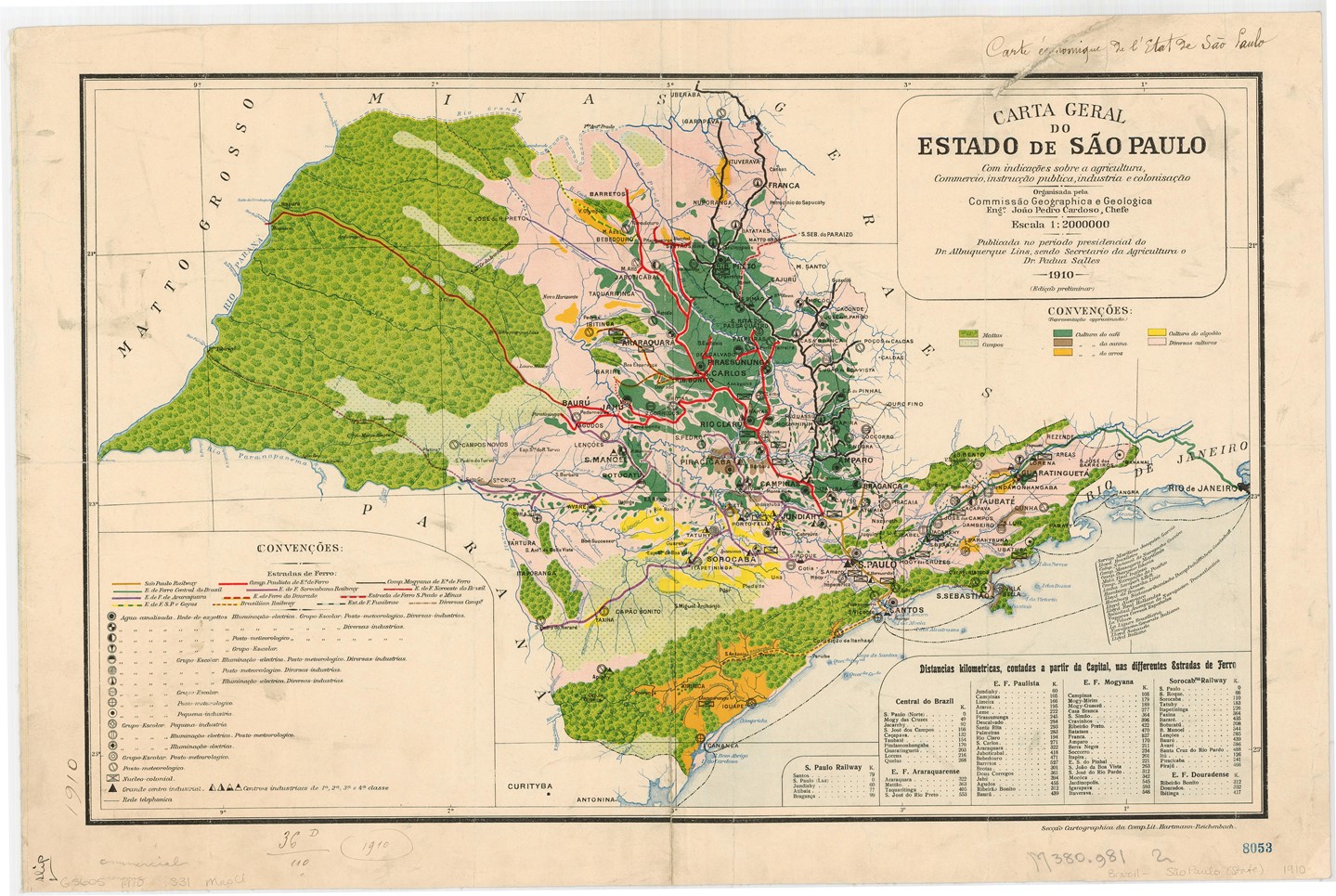

“The complexity of what we are seeing is overwhelming,” says astronomer Helene Courtois of the University of Lyon in France, lead author of a paper that appeared on on June 1, as she narrates the 17-minute video above.

Enormous voids containing relatively little material stretch between the dense threads of galactic gas and dust. These cosmic objects don’t float alone but tend to group together in clusters of hundreds or superclusters of thousands of galaxies. Looking like tiny islands in a vast ocean, the roughly 30,000 galaxies in this detailed map extend out to around 350 million light-years from our own Milky Way. Asteroid #454350 discovered by WISE is named after her.Take a trip through our local universe and see the positions and movements of galaxies and clusters with this incredible new video map. She currently works on ELT-related projects, such as MAORY, MICADO and the Wavefront Sensing Cameras, and supports the Department of Communication as Science Liaison. Returning to regular daytime-work happened in 2009, when she closed a geographical and career triangle, as System Engineer in the Instrumentation Division of ESO. In the 8 years as astronomer at the observatories, she participated in more than 30 different instrument commissioning and upgrades, and passed the 1200-nights mark as observer. She was instrument scientist of NACO and SINFONI and leader of the Adaptive Optics team. In 2005 she became Staff Astronomer at Paranal Observatory, thus re-joining ESO in a different continent. In 2001 she moved to Hawaii, to enjoy tropical beaches and to work at Keck Observatory as Instrument Scientist for LRIS and eventually OSIRIS, following her interest in Adaptive Optics assisted Astronomy. She became staff member at ESO in the Data Management Division in 1998, as Data Quality Control Scientist for ISAAC and NACO. In 1994 she started as science fellow at ESO, in a wave of enthusiasm from her visits as a student that had her enjoying ESO's coffee since 1989 already in 1995 she moved her fellowship to the Detector Group of the Instrumentation Division, to follow a more technology-oriented career in astronomy. Paola holds a Doctorate in Astronomy from Padova University, Italy. After that she worked as a researcher at the Max Planck Institute for Astronomy in Heidelberg, Germany and then at the Kapteyn Astronomical Institute of the University of Groningen, the Netherlands, before re-joining ESO in 2017. Born and completed a BSc and MSc in Bulgaria, Mariya obtained her doctorate in astronomy from the Ludwig-Maximilians-Universität in Munich in 2009, after pursuing 3 years of research at the ESO Headquarters in Germany. The MRT is responsible for the preparation of press releases, announcements, video casts, social media campaigns, exhibitions and other.Īs a member of ESO’s astronomers faculty, Mariya is pursuing an active research program in the area of galaxy evolution, as well as supervises master and PhD students and mentors junior researchers. Mariya leads a culturally diverse team of science communicators, writers, visual artists, image processing specialists and social media experts. Mariya is the Head of the Media Relations Team, whose goal is to bring to the attention of the media, educators, decision-takers, local communities, and the public in general the most important scientific and technological achievements of the astronomical users community of ESO and its 16 member states.


 0 kommentar(er)
0 kommentar(er)
